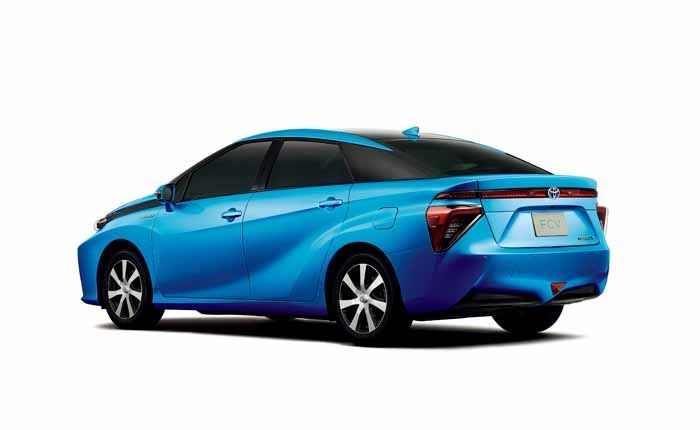The four-door saloon will first be introduced in Japan, then in the USA and Europe. Detailed information on final prices, specifications and sales expectations has yet to be announced and initial sales will be limited to those parts of the country where a hydrogen refuelling infrastructure is under development.
Hydrogen is used as an alternative fuel resource because it can be produced from a wide variety of primary energy sources, including solar and wind power. This is in line with Toyota’s commitment to developing vehicles that are kinder to the environment based on three principles: embracing diverse energy sources, securing low vehicle emissions and driving positive environmental change, by making these vehicles popular with customers.
When developing Fuel Cell vehicles, Toyota uses a system which generates electricity from the chemical reaction between hydrogen, oxygen and high-pressure hydrogen tanks. The technology featured in the Toyota Fuel Cell Hybrid Vehicle (FCHV) - an SUV, was leased to consumers on a limited basis in Japan and the USA from 2002.
Since then, Toyota has improved the FC system used in this vehicle. The Fuel Cell sedan delivers performance and a cruising range similar to that of a petrol engine vehicle and it emits no carbon dioxide or substances that are harmful to the environment, but offers the convenience associated with petrol-powered vehicles.

















